It’s hard to imagine life today without some form of language as it encompasses so many aspects of our lives and has for thousands of years. While its difficult to trace back the origins of human language without written evidence, we do know that something important happened in human history between 100,000 – 50,000 years ago — this is when the first evidence of “civilization”, such as art and ritual objects, can be found.
Although we can never be certain when the first spoken languages entered the human line, we can trace back the first written records of languages to about 5,000 years ago.
This list contains seven of the oldest languages based on written records and while none of them are spoken today, several of them are believed to be the earliest forms of a few modern languages.
7. Archaic Chinese (c. 1600 BCE – c. 221 BCE)
Country of Origin: Ancient China
Writing System: Oracle bone script, Bronze script, and Seal script
Still Spoken: No
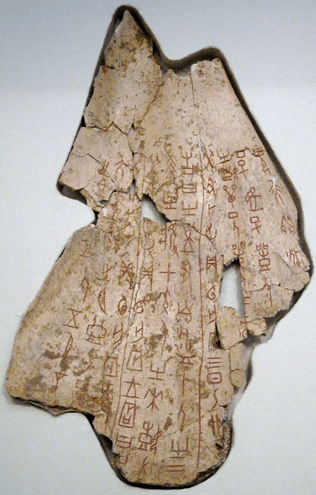
Archaic Chinese or Old Chinese is the earliest written form of the Chinese language and can be traced back to an oracle bone (pictured above) dating back to about 1250 BCE. The language was used in ancient China during the Shang dynasty (c.1600 BCE – c.1046 BCE), the Zhou dynasty (c.1046 BCE – 256 BCE), and the Warring States period (c.475 BCE – 221 BCE).
While scholars are sure that the language is an early form of Chinese, it is difficult to translate due to the limited subject matter (politics, economy, and religious practices) and numerous proper names found on the various objects pulled from the Ruins of Yin (near modern-day Anyang). The Anyang dig site has yielded thousands of objects that contain the Archaic Chinese writing.
6. Mycenaean Greek (16th Century BCE – 12th Century BCE)
Country of Origin: Ancient Greek mainland, Crete, and Cyprus
Writing System: Linear B
Still Spoken: No
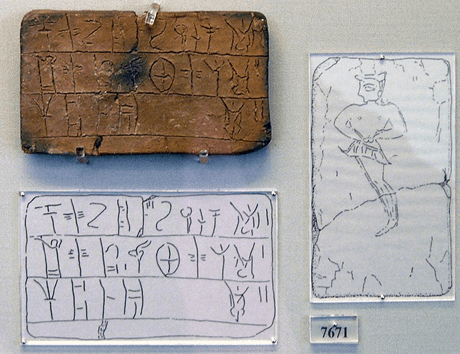
Mycenaean Greek is the most ancient form of the Greek language and was used by the Mycenaean Greek civilization from the 16th – 12th centuries BCE. The earliest written text of the language is from Crete and dates back to before the 14th century BCE.
For many years, Mycenaean Greek tablets and texts were undecipherable until Michael Ventris, an English architect, classicist, and philologist deciphered Linear B (Mycenaean Greek’s written form) in 1952. Most of the texts consist of list and inventories and no prose narratives, poetry, or myths survived.
5. Hittite (16th Century BCE – 13th Century BCE)
Country of Origin: Hattusa in north-central Anatolia (modern-day Turkey)
Writing System: Hittite Cuneiform
Still Spoken: No
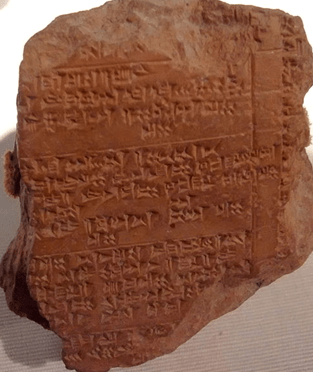
Hittite is the oldest of the Indo-European languages with written evidence and the best known of Anatolian languages, which are an extinct branch of Indo-European languages that were spoken in Asia Minor. Compared to the other ancient languages on this list, Hittite did not last long as it started to be replaced by a similar language, Luwian.
Although the Hittite empire consisted of people from many different cultures and linguistic backgrounds, Hittite was used in most of their secular written texts. While most people refer to the language as Hittite, it is also called Nesite or Neshite.
4. Elamite (c. 2800 BCE – 300 BCE)
Country of Origin: Ancient Elamites (modern-day Iran)
Writing System: Elamite Cuneiform
Still Spoken: No
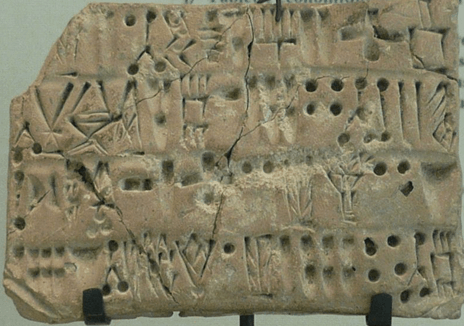
Elamite, which is known as Hatamite, is an extinct language that was used in modern-day southern Iran from about 2800 BCE – 300 BCE. Its writing system was Elamite cuneiform, which was derived from Akkadian cuneiform (from the previous entry).
The last known texts featuring Elamite cuneiform appeared around the conquest of the Achaemenid Empire (550 – 330 BCE) by Alexander the Great. Since Elamite lacks any language relatives, it is often difficult to translate.
3. Akkadian (c. 2500 BCE – 100 AD)
Country of Origin: Akkad in ancient Mesopotamia (modern-day Iraq)
Writing System: Sumero-Akkadian Cuneiform
Still Spoken: No
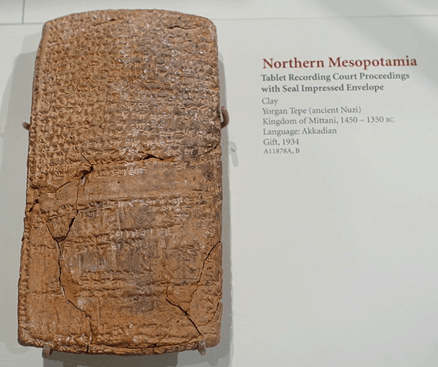
Akkadian is an extinct East Semitic language (modern-day Semitic languages include Hebrew, Arabic, and Aramaic) that was closely related to Sumerian. It is the earliest written Semitic language dating back to about 2500 BCE. Although the language is named for the city of Akkad, which was a major center of Mesopotamian civilization from around 2334 – 2154 BCE, the Akkadian language is older than the founding of Akkad.
Before eventually dying out sometime during the 1st to 3rd century BCE, Akkadian was the native language of several Mesopotamian nations such as Babylonia and Chaldea.
2. Sumerian (c. 3100 BCE – 100 AD)
Country of Origin: Sumer in southern Mesopotamia (modern-day Iraq)
Writing System: Sumero-Akkadian Cuneiform
Still Spoken: No
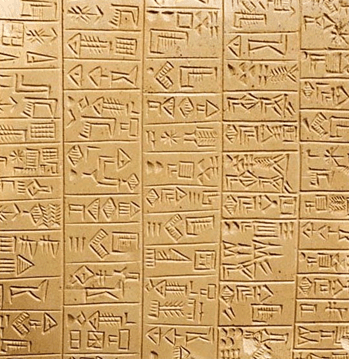
Along with ancient Egyptian, Sumerian is one of the oldest written languages and its earliest form can be traced back to about the 31st century BCE. Around the 30th century BCE, Sumerians began mixing their culture with that of a nearby ancient civilization, the Akkadians, which resulted in widespread bilingualism in both cultures.
Eventually, Sumerian was replaced by Akkadian as the commonly spoken language in southern Mesopotamia (c. 2000 BCE). However, Sumerian was still used in sacred, ceremonial, literary, and scientific language until about 100 AD.
1. Egyptian (c. 3300 BCE – 17th Century)
Country of Origin: Ancient Egypt
Writing System: Hieroglyphs
Still Spoken: No
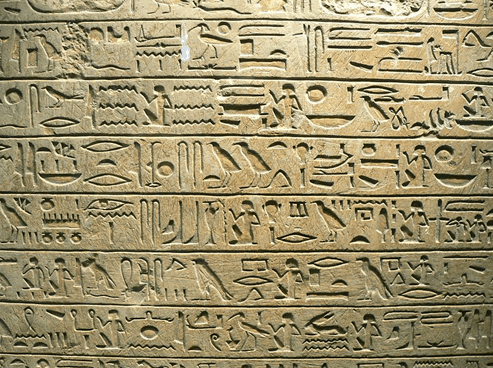
The ancient Egyptian language is the oldest language, with evidence of its usage dating back to 3300 BCE. Ancient Egyptian is often regarded as one of the oldest recorded languages and the earliest known complete sentence dates back to about 2690 BCE.
While the original Egyptian language is no longer spoken in modern Egypt (they speak Egyptian Arabic), it survived in a way as Coptic. Coptic was spoken until the late 17th century but was eventually replaced by Egyptian Arabic. Some modern Egyptians do still speak Coptic, mainly in the Coptic Orthodox Church of Alexandria.
OTHER POSTS YOU MAY BE INTERESTED IN


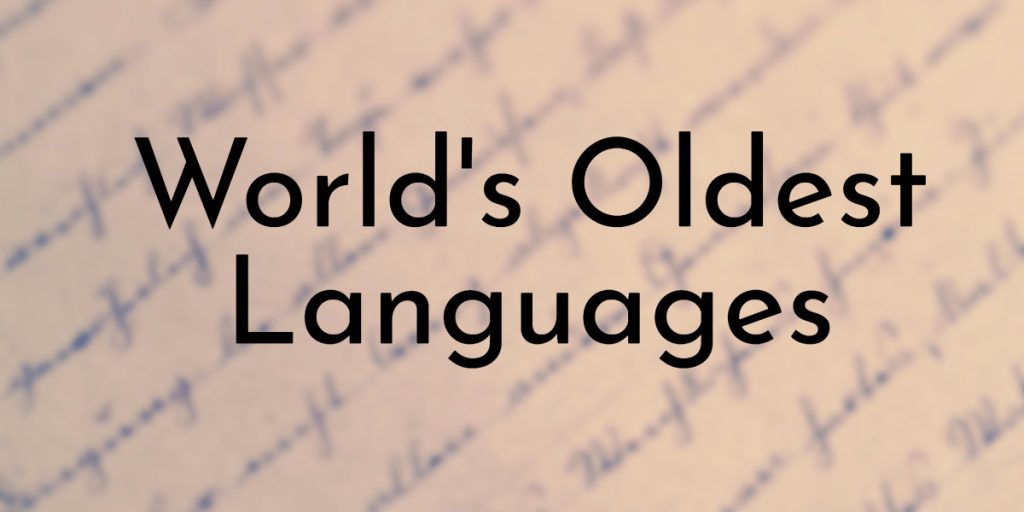









What about the Indus Script?